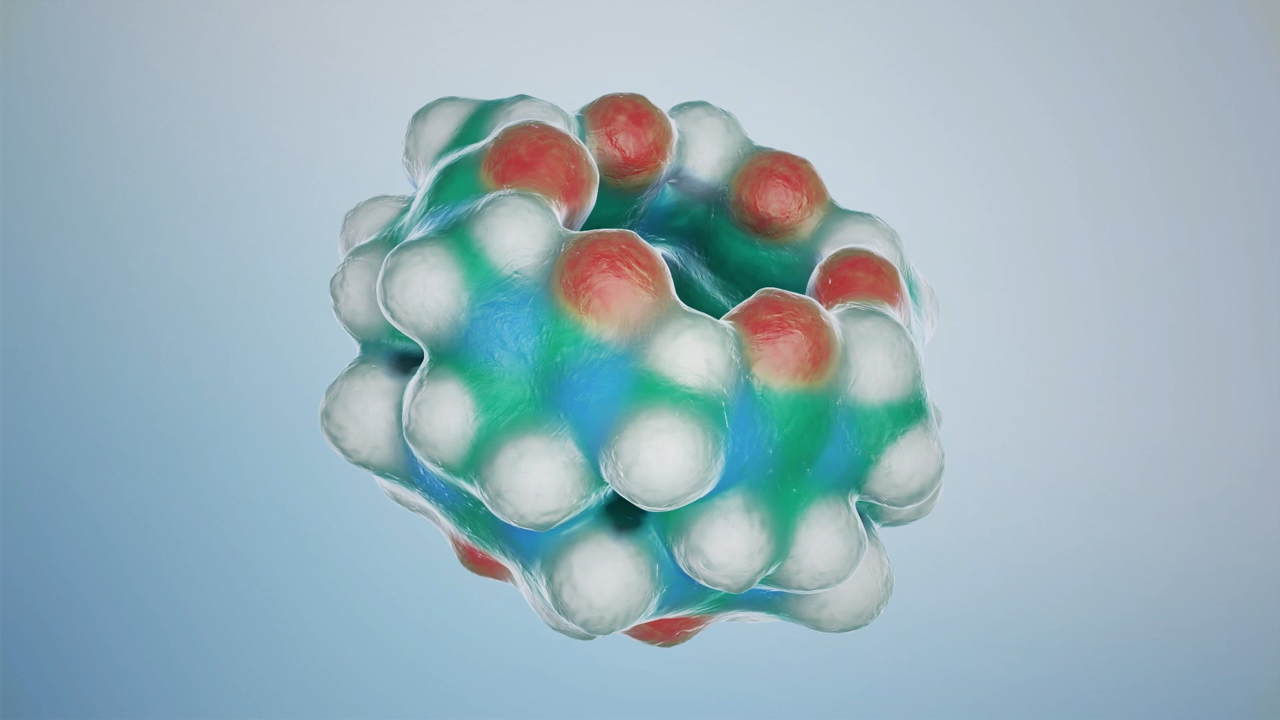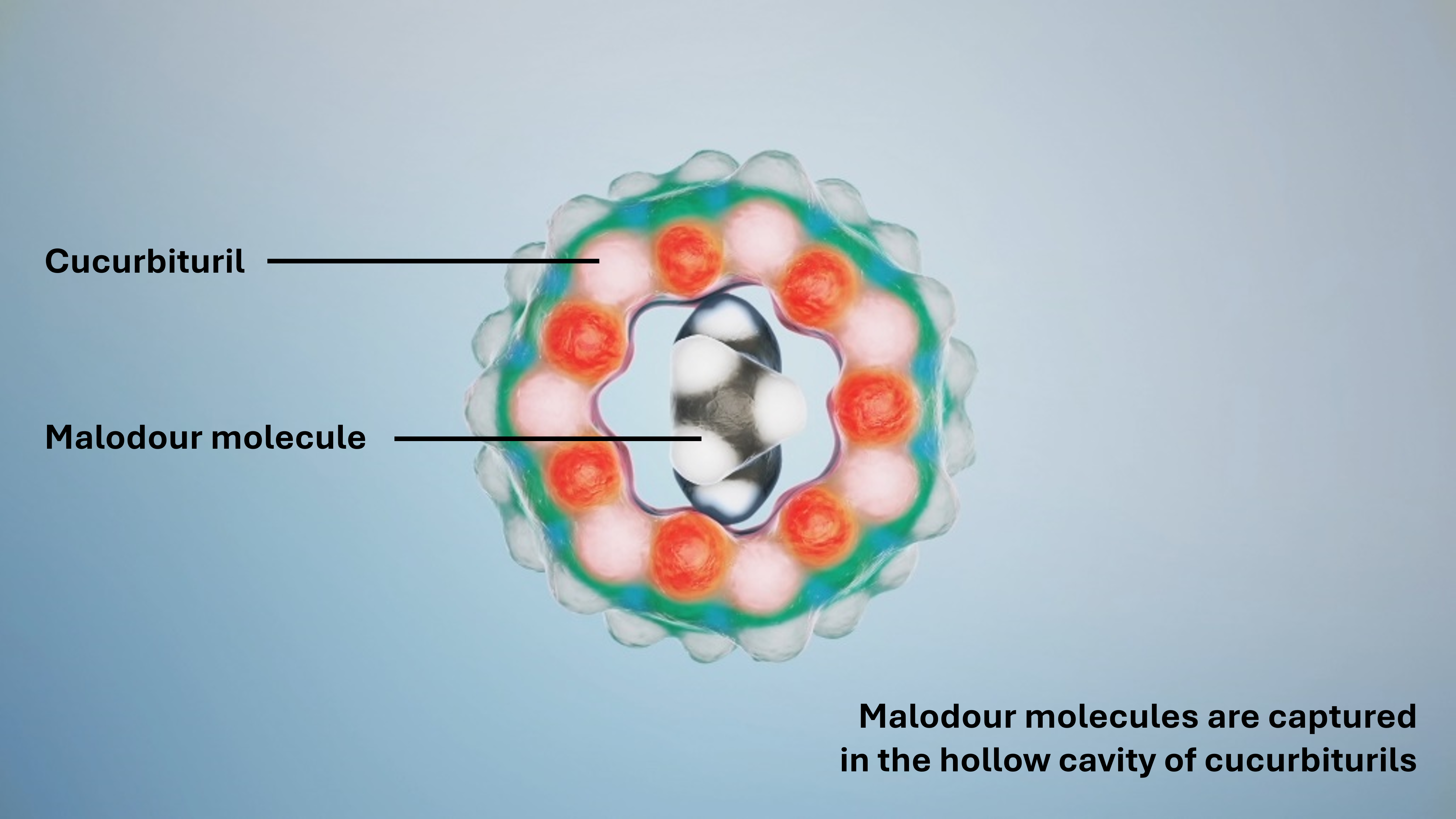What is odour control technology?

WHAT IS ODOUR CONTROL TECHNOLOGY?
ODOUR CONTROL TECHNOLOGY
Odour control technology is any of a range of methods and materials aimed at neutralizing, absorbing, or transforming unpleasant smells. It can be used in a wide variety of applications from air fresheners to factory emissions to off-gassing product odours.
It goes beyond simply masking malodour with fragrance, to tackling the most stubborn smells and eliminating some quite toxic molecules from the air. 69% of consumers are more concerned about the problem of indoor air quality since the Covid-19 pandemic, according to a survey by Aqdot.
What are the different types of odour control technologies available?
- Physical adsorption: Some materials act as odour molecule sponges, utilising attractive forces such as hydrogen bonding and van der Waals, to sequester malodorous molecules.
- Activated carbon: This porous material has a high internal surface area that acts like a giant maze, trapping odour molecules within its network of pores.
- Zeolite: Similar to activated carbon, zeolites are minerals with a honeycomb-like structure that captures odour molecules through adsorption.
- Chemical neutralization: Targeted chemical reactions transform odorous compounds into neutral or even pleasant by-products.
- Oxidation: Chemical reactions involving ozone, chlorine dioxide, or hydroxyl radicals break down or transform odour molecules into other molecules.
- Neutralization: Specific chemical agents react with odour molecules to form odourless salts or other stable compounds.
- Biodegradation: Naturally occurring bacteria and enzymes breakdown and metabolize odour-causing molecules.
- Enzymes: Naturally occurring enzymes break down odour-causing molecules into odourless components.
- Bacteria: Engineered bacterial strains target and consume specific odour compounds.
- Antimicrobial coatings: Antimicrobial actives inhibit the growth of odour-producing bacteria on fabrics and coatings.
- Antimicrobial fabrics and coatings: These materials inhibit the growth of odour-producing bacteria on the surface, preventing odour formation at the source.
- Odour-absorbing polymers: Some polymers are designed to capture and bind odour molecules, releasing them slowly upon washing or heating.
- Air filtration systems: Used in industrial applications and consumer ones like air purifiers, vacuum cleaners and cooker hoods
- High-efficiency particulate air (HEPA) filters capture some bacteria that cause odours, while activated carbon filters can adsorb small gaseous odours.
What is the advantage of using cucurbiturils to control odours via adsorption?
- Non-toxic and create no harmful bi-products unlike oxidation and neutralisation.
- Skin friendly as they are non-biocidal, unlike antimicrobial coatings, such as silver which is banned in many forms and applications.
- Work instantly whereas biodegradation requires time for microorganisms to break down the odours.
- Effective against a broad range of malodours, including acids, aldehydes, amines, and thiols, whereas cyclodextrin, activated carbon (often used in air filtration) or other metal actives work on a limited range of malodour types
- Highly versatile as it works in wet & dry environments at a wide pH and temperature range and can be incorporated into liquids, gels, nonwovens, coated textiles, plastics, and fibres.
- Minimal desorption as AqFresh™ can bind strongly to malodour molecules whereas activated carbon readily desorbs and cyclodextrin releases malodours in a humid environment.
Are cucurbiturils widely available for odour control?
- AqFresh™ is the patented odour control technology consisting of cucurbiturils, uniquely available for license & supply from Aqdot.
- AqFresh™ is already in market in air-care, personal care, pet care and automotive after-care, and will be in nonwoven absorbent hygiene products and textiles in 2024.
Click here to find out more about AqFresh™ odour control technology or complete the contact form below.

